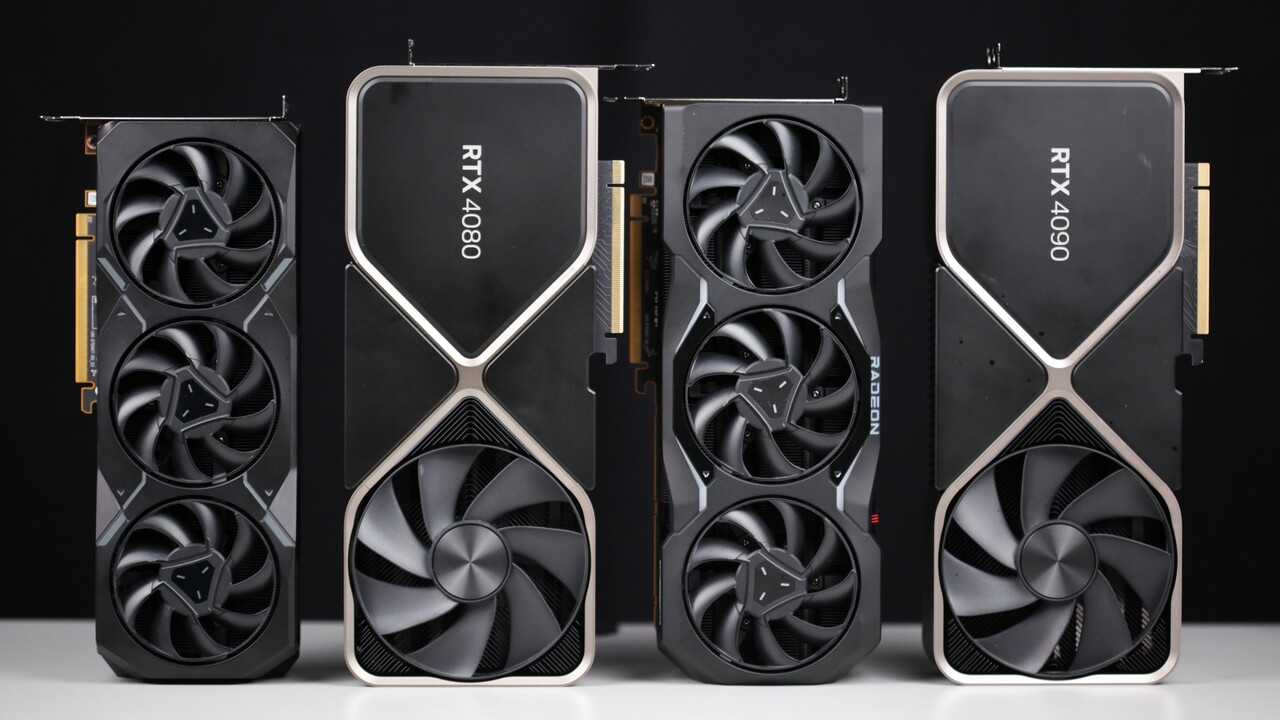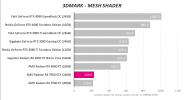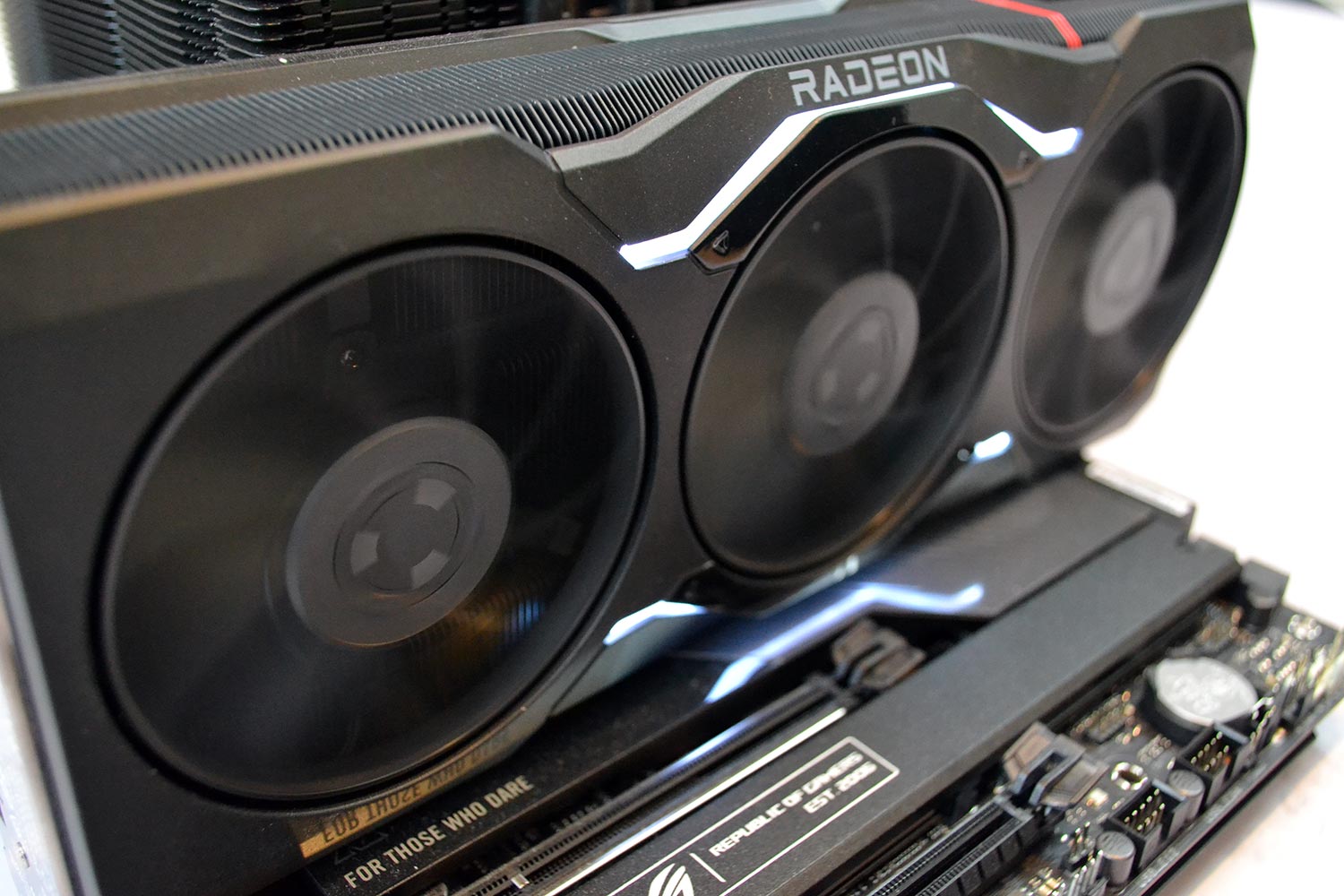Flappy Pannus
Veteran
I don't.
As usual, no shit.
If we would be talking about some products which are completely comparable otherwise and are manufactured by companies each of which holds roughly 50% of market share then yes, this would make sense.
In the situation where AMD GPUs are right now being just a little bit more attractive in price won't help to attract any Nv buyers to their products.
Even the +20% markup on 4080 should look fine from Nv's perspective - and it's not really a flat +20% either, this is mostly a US case I think with the gap being smaller in other regions.
So as unfortunate as it sounds it looks like Nvidia knew exactly where N31 cards will land and their pricing for both 4080 and 4090 reflect that knowledge very well.
That's a different argument from "Does this card provide a decent enough price/performance/cost ratio to the competition to be a rational choice for some" though. I'm saying that someone who does enough research and knows what they value in games could justify it - perhaps - against a $200 more costly 4080.
You're arguing from the perspective of "Does this card provide a value proposition attractive enough where it appreciably moves the marketshare needle for AMD", and on that front, I completely agree - it doesn't. The very fact you have to parse out these wins and there's so many if/buts, even with the $200 premium of the 4080 currently, precludes that from happening.
It's arguable even with a vastly superior product you're going to get any significant marketshare penetration from a ~$1k product in the first place, but when you're starting from the position AMD is, if you really want to claw back the gamer mindshare it has to be a slam dunk.
Recent rumors of 4070Ti "relaunch" happening at the exact same price as was planned for "4080 12GB" also make sense in this view - w/o RT it should land a bit below than 7900XT - which has the exact same price.
Eh, I don't know about that. The specs indicate a far more significant regression vs the 4080 16GB, and we're also talking 12GB vs 20. I think the performance gap in rasterized titles will be more significant than the XTX vs 4080.
If they release it at $799, then that's maybe a different matter.






